《一粒粟》
One Grain Millet 《一粒粟》 is a rare classics on Land Form FengShui, claimed to have been the true transmission of YangGong. Why it is titled as One Grain Millet is everyone guesses but as what we understood a single grain of millet could well be the pinhole size of a meridian spot and it is that difficult to come to find one. There is a saying, it takes 3 years to walk the dragon 三年寻龙 and 10 years to dot the meridian spot 十年点穴, see HERE for details. So this classic is supposed to be telling you how to locate a meridian spot. Some classify this as a summary of HanLong Jing 《撼龍經》, another classics that looks like a dictionary for land form. Collectively they are the integral part of the study of LongMen BaDa Ju / QianKun GuoBao 龍門八大局 / 乾坤國寶. Another question is who wrote this? Could it be YangGong? Here is the clue, 纯阴纯阳,天乙太乙。Pure Yin and pure Yang, TianYi and TaiYi. Yet, this sentence tells you that the author is using the Human Plate (RenPan) to measure embrace because these 2 stars TianYi and TaiYi are the celestial pole where the RenPan is aligned to. Therefore it cannot be the work of YangGong. In this short classics, you will term with strange jargons such as: -
And Human body parts as reference such as: -
No explanation offered and such is to be taken as oral transmission by a true master. Without a throughout understanding of these terms, any form of translation as found in the internet may not necessary reflect the actual meanings of the text such as described as the followings: - 阳落有窝,阴落有脊。“Yang seated on usefulness, Yin seated on thriving.”, as translated by someone. It means differently if it is to be translated as – Yang drops (vein) have meridian (sunken), Yin drops (vein) have meridian (protruding). The second translation described the types of the meridian spot. 入首星辰,从顶而立。“To protect the auspicious dragon, start from the stems next on the branches” could have been translated as – Incoming Dragon 入首 star forms 星辰 from the peak here establish. The meanings absolutely changes as the second translation tell you to identify the incoming dragon by observing the peak. 阳来阴受,阴来阳作。“When Yin received Yang it holds power, when Yang received Yin it rise and act” could have been translated as – Yang incoming, Yin embrace. Yin incoming, Yang adorn. Embrace and adorn means almost the same thing. Yet the connotation changes compared to the earlier translation. The second translation simple means – when Qi flows from the Yang direction, collect it by embracing the Yin. This is a typical concept of Reclining Mountain Extending Sha, ShouShan ChuSha 收山出煞. 上有三分,下有三合。“The stems must be differentiate by combine, control, compliment and the branches comes with three combine”, could have been translated as – On top there come 3 division, downward come 3 combination. Notice the totally different ideas convey by different translation? The second translation explain the idea of 3 divide 3 combinations, SanFen SanHe 三分三合. 个字三丫,要知端的。“Every branch comes with its own energy, one must understand what is termed auspicious and inauspicious”, could have been translated verbatim as – the Chinese character Ge 个 and three Ya丫 meaning fork, must know to observe this. The character Ge 个 is pictorially telling you the drop of vein from the peak and the character Ya丫is pictorially telling you how the rivers join together to form what is probably known as the water mouth. These have nothing to do with the first translation. 大小八字,贴身蝉翼。“The formation of our environment whether it is big or small will follow and stick closely to us just like the wings of the cicada”, could have been translated as – Big or small the Chinese character Eight 八 close to the body embrace liked a Cicada’s wings 蝉翼. This passage tells about the embrace protecting the Xue and could come in multi layers huge or small. 股明股暗,有缓有急。“The leader can be upright, the leader can be despicable, some are patient and some are impatient”, could have been translated as – Partially exposed partially concealed, have sentimental have rapid. The first translation totally off tangent as what has it got to do with a leader? Partially exposed partially concealed denotes how these embraces are, with channel the rivers to be flowing sentimentally or rapid. 上耸明肩,下开暗翼。“The stems rise and look upright, the branches operate in secret”, could have been translated as – Up rise exposed over the shoulder, down opens concealed. Continue from the explanation of the embrace, the human figure is used to measure the correct height and width of the embrace and in this instance the shoulder height. 球檐虬髯,人中难识。“Is this the dragon or a chameleon, it will be difficult to differentiate for the untrained eye”, could have been translated as – QiuYan (spherical eves) and QiuRan (young dragon’s whiskers) the RenZhong 人中 (meridian spot) difficult to know. QiuYan and QiuRan are all metaphorical jargon of land form FengShui to denote a certain landform characteristic. These are liked the marker to denote where the veins and meridians are. RenZhong 人中 may have been translated as within the masses, but in this case it may also mean RenZhong 人中 Xue – the acupuncture meridian of the Philtrum. In face reading, this point denotes the meridian spot of landform FengShui. 纯阴纯阳,天乙太乙。“Pure Yin and pure Yang, useful god or noble god”, could have been translated as – Pure Yin and pure Yang, TianYi and TaiYi. This single scrip only say Pure Yin and pure Yang, TianYi and TaiYi but did not go further. What has Pure Yin and pure Yang 纯阴纯阳 have to do with land form? This is a top secret, cannot reveal. What has TianYi and TaiYi have to do with land form? Yet, this sentence tells you that the author is using the Human Plate (RenPan) to measure embrace because these 2 stars TianYi and TaiYi are the celestial pole where the RenPan is aligned to. Therefore it cannot be the work of YangGong. 界水虾须,微茫交揖。“In the boundary of the vast ocean the dragon awaits, if the transformation can take place it will be boundless”, could have been translated as – Boundary water liked a prawn’s whiskers, trifling boundless must cross bow. The book of burial state, Qi rides the wind and scatters, but is retained when boundary by water, can this boundary of water relates to ZhangShu? Prawn’s whiskers are another form of land form jargon denoting how the vein drops. 左右金鱼,罗纹土缩。“To search for the golden fish, the legendary earth must process”, could have been translated as – Left right have Goldfish. LuoWen 罗纹 has earth tighten. Luo 罗 refers to spiral Wen 纹 refers to pattern. So this landform jargon means spiral pattern within where earth are tighten at its rim to form another landform jargon – Goldfish 金鱼, a shape of the water bodies. We shall not continue to discuss about how it should have been translated, instead herewith are our attempt to translate the remaining parts of the classics:-
1 Comment
The Taiwan Presidential election is drawing near. As the heat is on we are contemplating of writing a piece of Taiwanese FengShui and this coincide well with the recent publications of walking the Taiwanese Dragons and Dotting the Formosa Meridians, a FengShui tour that cost a bomb without seeing the real stuff, yet. This write up will be good as a guiding principle of the FengShui structure of Taiwan and the real masters that make its pulse jotting. TAIWAN LANDFORMThe shape of the Island of Taiwan is liked a small fish with a spine aligned from the north to the south. This spine is the range of mountain built up from the rim of the ring of fire linking Japan to the North and the Philippines to Sumatra and Indonesia to the South. Therefore, Taiwan can be clustered into northern region, central region and southern region. All these regions are said to be peppered with meridian spots and interesting tales of FengShui attributed to the patriarchs of FengShui are as plenty and interesting far more superior compared to the saga of the Bolehland Conmaster that these had been made into their national epic drama and soup opera. These patriarchs are Lin PanXian of the northern region, He YeYun of the central region and Lin LangXian of the southern region. They were all hailed from the cradle of FengShui namely, GuangXi GanZhou. More stories of these patriarch are forthcoming.... THE SELECTION OF TAIPEI Of the three regions, why Taipei was selected as the capital of Taiwan? This has to do with landform. The dragon backbone is said to have been originated from KunLun with one splintered off to DaTun mountain then to the Seven Dipper mount before dropping it veins onto Taipei a sunken location like a dish surrounded by mountains. Is it a coincidence that most of the capital cities are in fact spiral cities? The great town planners of Taiwan of the old cities are Qing officers with some of them, qualified from GuangXi school of FengShui. Through its entire history, from a fishing village to a Japanese administrative center and finally a world metropolitans of plastics and microchip components, Taipei remained a close guarded city failed to be exploited by the communist China. Why? Has it got to do with its FengShui? The selection of Taipei the northern region is to tap Qi from where it begins - DaTun mountain. A walled city was constructed with only 5 city gates instead of 6. Why? The absent gate is supposed to be at Gen sector, NE. This is truly aligned to the astrological ShiPan, the direction of the Devils' Gate - HuangKuan Yellow Stream of Hell. The major buildings, now national monuments are all aligned off 3 degrees to tap into the vein of the Seven Dipper Mount. The outgoing water is at Xu - Qian, locked by the north guardian mountain, KuanYin mountain. Most of the monuments sit with the rear facing the water mouth and face the incoming dragon instead. Who says Yang FengShui must be liked Yin FengShui having the back higher and facing the sea? Who say bright hall must be big and bright? Therefore, this spiral city of Taipei is destined to prosper! SANYUAN LANDFORM ANALYSIS, GET REAL!There was a write up of SanYuan analysis of Kuching, the capital of Sarawak in the net. To our amusement after reading it, it says nothing about SanYuan. Really, what is so SanYuan about telling where the water flows? Where the dragon comes? Even if it is XuanKong, how are the stars going to fly without the constrains of the enclosure? Truly, these are all bullshits SanYuan analysis. It is really not about the timeliness of the stars. It is all about incoming and out going of Qi. The model so provided by QianKun GuoBao is the best model to describe the landform of SanYuan. For the benefits of the doubt both SanHe and SanYuan landform are the same, only emphasis is different... HE YEYUN 蝨母仙Also known as the Deity of Mother Lice. A contemporary to Liu BoWen, after the war ending the rule of the Yuan Dynasty, as a broken soldier, he traveled south. Poor as he may, he was portrayed to be draped with a robe, unkept hair and beard adorning a rosary of beads, the only inheritance he had, he traveled south of China, benefitting the poor along his journey passed through Taiwan and some claimed that he did ended up in Thailand. He is known as a FengShui grandmaster in the form of a beggar. He practised austerity to a degree that it was said he attained to be a deity being anointed by the Mysterious Lady of Nine Heaven. He was granted these 'magical' Fleas, where his title originated. In Taiwan he has dotted many graves and one being the strangest called the fighting Ox grave. The entire tomb stone was tilted to ramp over the opposite earth deity temple. His lineage can still be found in Taiwan, Thailand and even Malaysia. We found one old master at the ripe age of 70s still in pink of health using his method to do FengShui, in the southern tip of Johore. While in Thailand, an entire clan is dedicated to his lineage, practising his teaching called the mysterious Geng... LIN LANGXIAN 林浪仙The deity of the wave, Mr. Lin is an accomplished GanZhou gentleman DiLi master en route to FuJian for the imperial examination decided to travel by sea in fear of the tiger infested inland roads (a little strange for FengShui masters accustomed to forest). Strike by storm, he landed on the beach north of Taiwan. Salvaged by the locals he decided to make Taiwan his home. After successfully dotting at least 100 meridian spots on KuanYin mountain, he forgone his imperial examination quest and single-mindedly decided to go pro as FengShui master. He wrote an entire treatise on the 100 spots he has discovered and he even buried each and every spot with an inscribed slab. He loved to challenge other FengShui masters to some extend he was also famed as the destroyer of others FengShui. These 100 spots of meridian became a fanatical quest for modern day Taiwanese leader including its former president of Taiwan. Unfortunately many of these spots were not found and still remained buried, some believed to be within the national park of Taiwan. He was also known to have dotted the grave for the family of Taiwan's richest industrialist, Mr. Wang YungChi nick named the Plastic King of Taiwan. This tycoon came from a poor family background. His ancestor has chosen to be buried on the spot with delayed auspicious and they have to wait an entire 60 JiaZi to prosper. Mr. Lin was well taken cared off by his benefactor. Upon his death it was said that the land of his burial was successful but the burial wasn't. Therefore his descendants did not enjoy the blessings of his tomb It was believed that his lineage was passed down to the family of the late grandmaster Zhen ZiNan, who has successfully rediscovered the meridian spot of Lin LangXian, one being used by the Taiwan's richest industrialist, Mr. Wang YungChi himself, nick named the Plastic King of Taiwan in KuanYin Mountain. LIN PANXIAN 林半仙Another GuangXi pedigree FengShui grandmaster known as Half-Deity Lin. He travels to the northern side of Taiwan during the period of Japanese administration of Taiwan. Famed for his ability to locate water source, he was famed to have dotted a meridian known as the the auspicious crane meridian. This meridian was so strange that once it is dotted, he will go blind. So, an agreement was set that the benefactor shall look into his welfare for his entire life due to his blindness. However, one faithful event of the benefactor dishing him a plate of dead mutton, had him seek revenge against his benefactor. He told his benefactor that the crane meridian he dotted has some issue. It required re-burial. Buying into his scheme, his benefactor dug up the grave again and mysteriously releasing all the cranes from the grave. A gush of spring water spit out and Half-Deity Lin took the water to wash his eye and at once his blindness went away. The meridian spot was rendered useless... Half-Deity Lin has a very vengeful character and most likely his seven killing characters resulted in him going awry with the Japanese administration of his time. He was later arrested and put to death. Before he die, he tricked the Japanese governor into burying him in the spot known as the Scissor Xue. He must be buried inverted with the head down the burial hole. Upon burial, the entire village was struck with plague with many death. This Scissor Xue was known as the worst malignant Xue of his time. So bad of its effect that his coffin was later dug up and reburial to another site. A bronze statute of the late Jiang KaiShek was later erected to suppress the Xue. Even so, an earth deity temple was built opposite it to further suppress the malignant effect of the Xue. EMPEROR PRODUCING LAND Taiwan is believed to be a potential emperor producing land, verified by the polymath Emperor QianLong himself. Having worried of a potential uprising, QianLong dispatched his entire team of FengShui masters to destroy the FengShui of Taiwan. Until today, no Taiwanese President is able to confront China. Some notable examples are the attempt to choke the dragon's neck and burying ShaQi known as Heaven enclosure and Earthly Net formation to break the Dragon Qi. CONCLUSION FengShui for the Taiwanese are not just superstitions but daily matters. Even though they may looked very superstitious but the common Taiwanese may know more about FengShui then any others. These places of interests are now favourite tourist spots such as the 7 dipper Xue surrounding the lake in the central of Taiwan. Yet, validating these meridians required strong fundamental of FengShui beyond just normal sight seeing...
Whatever it is please do not succumb to believe that if the incoming dragon is metal direction, the colour of the soil for that direction should be metallic. These sorts of pathetic theories only to be found in the belly of Bolehland Con Master. It is common to find a combination of five colour soils for the entire mountain and does it means to say the entire mountain is the meridian spot? Crazy! Also remember tasting the soil with your mouth is not a requirement. These are only methods befitting masters that are known to be Ghost Eating Soil 鬼食泥... Guess you get what we meant! This is quite a modern classic authored by Grandmaster Zhang JiuYi claimed to have lived in the Qing period as the royal tomb supervisor and acclaimed to have been from the lineage of Grandmaster Lai BuYi, famous for the method of 砂派 or the school of embrace. Contain within this classic is the application for using the 72 dragon earth penetrating mountain and the 60 dragon earth resurfacing mountain. These secret knowledge can be summarize as the following poem: -
To appreciate this poem, one would have to understand the following jargons: - What is meant by 穿山 penetrating mountain and 透地 resurfacing earth? Why is it differentiated by 虎 tiger and 龍 dragon? What is meant by 渾天 or the Obscure Heaven and 寶鏡 the precious mirror? Of all the five elements, what has it got to do with 金水 metal and water? Strange enough, what has it got to do with the moon 月? After meeting a number of HongKong masters, we can see that they are really thrilled by this classic. One has this to say: -
Another postulation... (More towards the explanation of the LuoPan)
TRULY, WILL THIS THEORY HOLDS WATER?
You may have come across some video clips portraying FengShui trip to China especially the Qing eastern tomb. It is a canny explanation of FengShui landform theories that to real FengShui researchers, these are nothing more then fancy over priced sight seeing, some may reckon them as pure bullshit. Did I hear it correctly? Someone just said there are too much bullshit has been said in the Chinese Metaphysics! I cannot disagree more because what is said in the video clip is also bullshit! Well, you know bullshit sells. Just the same way the beautiful FB page of Annie, now smells like a fish market for bullshit FengShui courses. There is also another punch line, you heard different school arguing who is right and who is wrong because they are stuck in their own base trying to fits in one system fits all. There is no one ring to rule them all. Perfect bullshit! I cannot disagree less. Worse of these punches, is someone just arguing that the way they do FengShui is totally laughable and when he looks at them, he would want to slap them. This is another example of I am holier then thou argument that is another form of saying, my ring is the one that rule them all. Is this another bullshit of the highest degree? THE LANDFORM DILEMMAIn the elaboration of landform FengShui, there is this term called Rising Mountain which is a far end mountain of the incoming dragon 来龍. This may sound like a jargon but what it means is actually the facing orientation of the entire land itself. This is how it is explained in the video clip. What sort of bullshit is that? By believing these sorts of skimpy bullshit, one has to go for an expansive trip to China just to see this so called Rising mountain? Can you believe how teaching FengShui these days can be? Fact, there is no way to see incoming dragon. These can only be concurred by the way of the outgoing water 去水. This is where the so called facing orientation is crucial. For the fact of such, what is the point of facing the Rising Mountain which is a far end mountain of the incoming dragon 来龍? Such is a perverted logic, another term called bullshit. All these table mountain, rising mountain and official seals are but fanciful names of the embraces that is supposed to lock the water mouth 水口. Landform FengShui is all about identifying these water mouths. Next in line is the explanation of vein. Holy cow! It is a daunting task to see the incoming dragon, now you have to see the vein? Many students who had attended these overpriced trip will know that, vein is a finer resemblance of the incoming dragon. Unless the weather is perfectly clear and you have 10 years experience of walking the dragon, you will not see the vein. That is why, old master has this phrase, 个字下脉 meaning the character 个 has a 𠆢 apex of a mountain and a 丨resemble the vein coming down from the apex. This is the vein. Now go see how many veins a real mountain has? What good will it make if you could see a vein? Just another sight seeing? Thus you called it superior formation, by having a tomb facing a vein? Wouldn't it be more logical for a tomb to sit with a vein descended from the peak of the parent mountain? Even such it is less then ideal for landform FengShui? Even more daunting is how one measure the tomb the size of a mega mall liked the Qing eastern tombs? IS A BIRD, NO A PLANE, NO... IT IS BULLSHIT, MAN!I overheard that the rising mountain of the eastern Qing tombs was called 火木之星 or fire wood star due to the fact that it has 2 peaks and it was considered to be the strangest, TangLang mountain, which is wood in element, to come by. Because of the smaller peak at the side, which is fire in element, the rising mountain becomes a transformed element. However, what use of this transformed element be without a proper understanding of LiQi? Isn't that bullshit? So, it is said that this rising mountain has its ancestors coming from the fire mountains as its incoming dragon 来龍. How to see one without the help of uncle Google Maps? In order to use these fire elements, you need to see cloud formations that is a series of water element mountains. These out of ordinary formation is called 火龙云水象 or fire dragon cloud water formation. However, what use of getting so hype up with these fire, water, wood elements without a proper understanding of LiQi? Isn't that bullshit again? Seriously, to one it may be wood element but to others it may be water? TangLang star in SanHe is a wood but in SanYuan TangLang GuaQi is water. So, which is which? Which is right and which is wrong? One ring rule them all or uttered bullshit? UNDERSTANDING SANHE LANDFORM Before we even attempt to reach the area for example, eastern Qing tomb, we need to understand the topography of China, mainly higher to the western side and lower at the eastern side. So by default the BaiHu side is higher and thus water flows east. This is where the theory of river east west comes about. All dragons in China originated from KunLun, a mystical name for the Himalayas where the mountain range are rugged, rough, pointy peaks and almost barren. It may look infertile but it is the source of all rivers. As the range gradually moves to the east, the range are lower, gradually rounded in peaks, heavily forested due to the change in elevations and all these are sign of growth and fertility. Thereafter a myriad transformation into flat areas are usable spaces for habitation and so forth. These are all pure geography, in SanHe we called GuoPu's geography. Yet, we are not so concerned. We ought to identify how Qi flows and of what structure to tap in given such natural formation. From Google Maps, there is a strong incoming dragon with plenty of branches where these are dotted with imperial tombs, each tapping into the respective veins. The dragons eventually detour and this phenomena is called tiger crossing bright hall reaching the dragon side. More importantly is to locate the water mouth. The greater external water mouth to establish its structure. Only aster getting all these information, a visit is warranted to measure the compliance of a formation in a micro level and this is also a time the art of measuring becomes very challenging! A CASE IN MIND - QIANLONG'S TOMBThis tomb is famous for Auspicious Land, Inauspicious Burial, a phrase explaining that the FengShui of the land is good supported by good landforms but the alignment of the tomb is inauspicious, as it sits Death and Emptiness DE. QianLong needs little introduction as he is virtually a polymath, Renaissance man of the Qing dynasty and some say, an accomplished FengShui master himself. He dotted his own meridian spot for his own tomb by marking it with a planted jade ring, only to be dug up by the most learned imperial KanYu master, whom he commissioned to search for an auspicious burial ground for himself. Unfortunately, the alignment of the tomb was said to be DE and thus his future generations were not as competent as him and thus it marks the downfall of the Qing Dynasty. This is however, most untrue! In 2004, an academy in town started their maiden tour to measure the DE of QianLong's tomb by virtually asking the student to measure standing parallel to the path stone aligned in a grid iron fashion and alas! These students are very happy to be told that their measurement were indeed DE. This is unfortunately, most nonsense as in no way would one able to LiPan in such a fashion without getting an inaccurate reading as a DE may only be less then 3 degree accuracy.
Foremost, the Xue wasn’t on the foot of the mountain but rather located on the hill after some distance from the back mountain. This is where the Dragon Qi stops which was wisely picked by experience FS master at that time. Secondly, this Mausoleum was the most expensive to construct in the underground palace by its interior completely made of marble stones & elegantly carved. Because of these the Mausoleum was the most confused in term of its three different sittings & one of it was sitting Major DE. You ought to go into the tomb to measure all the structure in all levels to derive at this conclusion. It is not so simple as just standing there measuring with your LuoPan. On this basis, it is commonly explains as to why after QianLong burial there’s no good Emperor but brought up to the empowering of the 2 Empress Dowagers during the starting of the fall of Qing Dynasty. Unfortunately, the Eastern Qing Tomb complex including QianLong tomb was being robbed by GuoMingDang of using explosive bombs to break the marble stone door on 1928. The underground palace left nothing but an empty brick walls. This is because of “ Auspicious dragon spot but fierce burial, as if abandon the corpse ” as per ancient old text of “ Burial Book “ However, we bag to differ as the Qing dynasty lasted another 300 years before total collapse during the XinHai revolution in 1911. But that will be another tale for another time... Site selection 寻龙点穴 based on SanHe FengShui is not difficult. There are basically 3 important layers to take into considerations such as: - 1. The Larger Environment 2. The Medium External 3. The Small External Beyond that it is “trade secret” and you ought to pay to learn. What to look for within each of these layers are best represented by the following mantra: - 1. Water Mouth determine structure. 2. Structure establish Facing. 3. Facing establish Sitting. Beyond that it is, again, “trade secret” and you ought to pay to learn. A CASE IN MINDThere is a memorial park up north in Malaysia. It has been established quite sometimes ago about 10 years with many name changes. Google and you will know. As to why the name keeps changing is for me to know for you to find out. One obvious reason may most likely be of commercial reasons. However, as believed, it is likely due to the land formation that is less than ideal. LARGER ENVIRONMENTObserving the “larger environment”, the incoming main source of Qi from the Titiwangsa Range is branched out via a vein from northeast to southwest. This incoming dragon carries 壬寅 which is unfortunately, metal Qi. The “larger environment” water mouth is at the southwest 坤申 that may not gel well with metal frame, thus the site may considered as bad FengShui. A memorial park that is supposed to be long lasting and yet may not conforming to the “larger environment” is not worth. MEDIUM EXTERNALThe original land form has no river crossing the site. It is in fact, boundary between Selambau River and Muda River. A memorial park without a natural river cannot sell. So a man-made river was dug out from the north to the south, thus separating the site into 2 halves – The East River and the West River sides. The way the river is designed does not take into consideration of meandering. A straight river has no affection 情. No affection 無情 is by itself ShaQi 殺氣. The water mouth flowing to the south was virtually locked. This direction also coincides with the “medium external” water mouth, marked “Y”. Measuring with the LuoPan, the “medium external” water mouth should exit 巽巳 that conform to only metal or wood frame. Yet, the “larger environment” dictates otherwise. Moreover there are high tension electrical pylons travelling pass the site. These structures are considered as ShaQi or Killing Qi and it affects greatly the auspiciousness of the site. If it is found within the palaces of 3 Auspicious 6 Elegant, the divination for the site is greatly inferior. A good memorial park shall be devoid of these structures. Neglecting the metal incoming Qi, retrospectively reviewing both “medium external” and “larger environment” the only structure that may fit both profiles is wood. Only wood frame can be employed? SMALL EXTERNALReviewing the “small external” is even more interesting. Having the site now separated into 2 halves – The East River and the West River sides, any RnD engineer would advise that the way to go about is to have the entire site clustered into 4 sectors, namely A,B,C and D. Now, if you were tasked to select among these clusters, which cluster fetched the best FengShui formation? The answer is within the “small external” ?. RIVER WEST
RIVER EAST
CONCLUSIONRiver West has a superior position compared to River East, because River West conform to its overall YinYang compared to River East. This conforming of YinYang is also known as conforming to Pure Yin Pure Yang Principles. Again, evaluating the 3 layers of "Greater Environment", "Medium External" and "Small External", the only compatible structure shall be wood frame. Yet, within "A" and "C", which one has a relatively superior standing? Having said thus, it is undoubtedly not an "Emperor Producing" quality land form to begin with. If it is not because of the Killing Structures of the Pylons affecting both, River West would have been much superior. Also the River has no affection 無情 is by itself ShaQi 殺氣. This site has been formerly marketed for ShengJi 生基. For the purpose of ShengJi 生基 or Life Grave, it is totally another cup of tea. Truly there are different types of ShengJi 生基. One is to have immediate effect, while the other has a longer but slower effect. These all has to do with land form. INVITATIONIf you want to learn more about Land Form and SanHe, enroll into our workshop where Students will learn to evaluate the capacity of a site by taking into consideration the macro incoming and outgoing Qi, to establish its Qi maps. The same is applied to the immediate external and follow through towards the compound of the property, so that every layers are consistent to a structure. This is the art of harnessing Qi. The interior of the property is arranged to conform to such structure as to allow Qi to flow unobstructed. The art of harnessing is through the Xue, not one but multiples. SanHe method is employ to where Qi begins. More importantly, by gaining this skill, one will not be easily conned by unethical FengShui masters with motives to sell burial plots for their sponsors especially the latest fashionable ShengJi 生基. Click HERE for detail. HOW ABOUT OTHER MEMORIALS?BLISSFUL DRAGON SPOT IN BM - 17.04.2013Visited a controversial memorial park in BM. Greeted by their resident FS master, we walk around looking for an auspicious spot. Strangely, it is somewhere hovering at the earth deity temple with plenty of sparrows encircling the bright hall. Some controversial background surrounding this park is that some DiLi expert from Taiwan came and dotted this spot as a very auspicious site particularly for ShengJi or living tomb. Needless to say, others disagree. One reason for is that the site lack of natural streams. So, an artificial stream was constructed and separating the site into multiple zones. No main static spot was formed. Can one guess which the multi-million zones are? On Google, one tiny vein is clearly identifiable while the others just continue on. So, technically the dragon is on moving forming the left embrace of the site with a weaker right embrace. Those graves that are closer to this little vein would benefit the most yet their alignments are still crucial. Can this site be used? Yes, just tap the vein. The water mouth is “locked” artificially in a SanYuan manner. Very similar to the one in Semenyih. All is required is to tap into the current prosperous water star. This sort of formation is nice to show about typical memorial landform. Where is the so called, incoming dragon, water and exiting water mouth. The resident master is all ear and eye observing us fearing that we will sabotage some auspicious grave there. However, that is not our cup of tea. Just before signing off, there is a point to note on the facing mountain of a “gold ingot”. Can you see one? GRAVE MATTERS - 28.06.2010Burial plot selection in well organized memorial parks, these days can be a grave matters where one has plenty of potential killing Qi when it is located by the highways of Malaysia with lots and lots of electrical pylons whereas the others don’t even worth a shit although it has appeared numerous time in TV and a series of chasing the dragon sitcom or something liked this with 2 ladies and a guy chirping their ways insulting the Imperial tombs to be much inferior as compared to their sponsor’s memorial park with a distinctively murky water dragons. I wonder, how good can it be? Whereas the last one, although not perfect, as much of the undulating terrains had been pressed down, it is much better in some ways or another compared to the former. First the selection team touch based with the one located besides the highways. Everywhere almost flattened, with only the hill slopes reserved for the privileged. Even so, the undeniable land form Sha, liked the pylons are everywhere. Speaking about the real TaiSui Sha, do we need to place PiYao everywhere to appease the TaiSui? Next, we arrived at the one, so well advertised in the media and endorsed by the one of the academy in town. The sale team brought us to the worst locations with the bright hall facing the alley with a price tag as big as the mammoth. How about the good lots? Well, at the moment the so called good one is not released for sale. Honestly, even the so called good one is also not so good. Look at the so called water dragon in murky formations. The imperial lots are facing the unlocked water mouth. How good can that be? One thing good, there is no pylon to be seen. Well, the last option is to see the one neighboring park. Upon entry there is a huge dragon sucking the pearl. Is this FengShui or Mc FengShui? You do the calling. After many rounds of turning, we finally arrived at a location with an acceptable bright hall. What is lacking is the crossing of the gap, which has been flattened. So the Qi is going to be leaked. Well, nothing is perfect and it is all heaven’s will. Even within the same location, the plot at a step above which has already been taken, has a better Qi capacity compared to the lower one. Such formation is called white tiger crossing bright hall. Does it means to say the female has more authority? Burial plot selection in a well organized memorial park is quite a different cup of tea, especially when the terrain has been muddled with the absents of the trail of the veins, disappearing of the natural niche and the constructions of the retaining wall which sometimes make the slope even steeper at the rear. The best thing is do we need a LuoPan for such an exercise? Maybe not. An I-Phone with pre loaded LuoPan is better. Think about it… MOOLAH OF THE MOOSTI SPOT - 03.11.2008I find it rather amusing that the art of KanYu is devoid of spiritual practice as claimed by the academy in town, whereas the so called best spot in reserved for the erection of the Earth Guardian spirit pavilion. This spot could be set aside for other millionaires’ or millionaire wannabe’s grave, to tap into the surrounding petal formation. Wouldn’t it be a silly venture to give it to the deity instead of the bones of the mortal if the same logic were to be applied? On another note, is it a spot that has been located in the first place or merely a fabricated spot instead? Good question! In 2006, I visited the so called spot. The table mountain is rather elongated bun liked shape. What do we called this? Sleeping WuQu? The height is a little too high. The left embrace is called dragon crossing bright hall, longer and extending to the table mountain. The tiger embrace is shorter and lower. Both embraces are high by any standard, however, sentimentally embracing. Water is flowing from the left to the right, quite a miss in a way, not a great water dragon, but a great water lizard instead. Usable, yes I would have thought, but re-engineering required. The parent mountain, very weak. In conclusion, by any natural observation of the landforms, strictly speaking, cannot have formed a spot. Well, nobody said it is ideal, except the academy. In 2008, I visited the very same spot, now occupy by the Earth Guardian spirit pavilion. I was there under the invitation of the agent, notably sales wasn’t that promising. I wonder why? The entire scene has been re-engineered. The table mountain has been reshaped, a sexier look reflecting JuMen, jade pillow as what they called. The height of the embrace, Table Mountain has been compensated by raising the altar to an “appropriate” level. The tiger embrace has been strengthened with a building. Water dragon has been widen and no longer a lizard looking one, forced to enter into the bright hall from the left embrace. The work of genius is displayed by anchoring a building at the back of the pavilion, reflecting the missing parent mountain. That keeps me occupy for a fact, where is the crossing of the gap, almost unseen or if there is any in the first place? I really can’t tell. The re-engineering effect is neat and I keep wondering at what cost and at what sort of promises that had been made to produce the desired effect for the entire sanctuary? Only time would tell. Coincidentally, I bump into the so called split dragon rock at the incoming water location. Next, while this blog is penned, I bump into another blog that speaks about the same split rock, meaningful coincident I called. Not quite a good omen. It reflects that the veins had been severed and I wonder which part of it? The site in question or the opposite one. It however did not face in the axis of the opposite site, which is almost flattened and this may mean that the damages are done, beyond cure. The good news is there is another on left intact. So as I was looking for the moolah from the moosti spot, I really found nothing but a prefabricated one. Yet within a prefabricated one, I found a real moosti laying on the opposite site. At least the moolah has been found, all I need is to get to the moosti. Any hope? SEMENYIH MEMORIAL - 07.09.2008Measurements: Incoming Dragon: 壬寅 Water Mouth: 坤申 / 丁未 Structure: Wood SanHe Method Analysis: - Metal frame Incoming dragon controlling wood frame water gate. Is this an auspicious site? What does this portend? How do one arbitrate the situation? This site had been ear marked as the next sanctuary for managed memorial parks. In the event if the site is auspicious the site would have been lustfully developed since. Why it takes so long even to be noticed or had we missed some thing important? Which sitting would the grave be located? In the micro context, would one able to locate the spot? POSTSCRIPTThis site has been designed to keep the original contour intact. The lack of a stream is apparent. They practically dug out a man-made stream enlarging the existing earth drains from the plantation. The drawback of the site besides the absent of the stream shall be its location that sit within the main Qi source – Titiwangsa Range. It is said that the dragon has not stop, thus the meridian will not form. With the stream cutting the site into halves, River North and River South, both sides are designed with graves overlooking the stream. RIVER NORTHSuits water exiting from 艮寅 to 丁未. Conforming to water and wood frames. Yin structure. RIVER SOUTHSuits water exiting from 坤申 to 癸丑. Conforming to metal and fire frames. Yang structure. CONCLUSIONSuch design of Memorial Park has been very instrumental in deploying SanYuan methodology of Ling Zhen Principles. Notwithstanding such, it also conforms to SanHe methodology to the dot. Walking the Dragon is extremely fun. One being as you have to pay exorbitant fee to be shown around beautiful scenery and how and what a TangLang star may looks like, you will also be shown actual spot that may be a “needle width” where you could burry some of your DNA as “ShengJi” and really hope that by the time you arrive home, you will be the next billionaire. Well, the last time I heard is that walking the Dragon to China costs more than USD40,000? Really wonder who is the billionaire? 三年寻龙 , 十年点穴. Ancient master said, it takes 3 years to walk the dragon 三年寻龙 and 10 years to dot the meridian spot 十年点穴. It means to say to walk the dragon is very tedious process and to dot the meridian is even more difficult. Assuming the method one learnt is correct, if not even a 100 years you may not able to dot the meridian correctly. Locating the meridian point is not an easy venture.
The sole purpose of walking the Dragon is to locate the “holy – spot” called the meridian. Tons had been written about it and some said it is as small as a “needle width” but that is not very true. Such subject is largely referred to as Static Meridian, where only with the right natural conditions, such a spot would emerged. It is so “holy – molly” that only an earth deity would able to reveal to the deserving one not otherwise it is impossible to find. Even if it is chanced upon, you would need to “barter trade” your lifespan for the prosperity of your later generations. Anyway, walking the Dragon can now be simplified with GoogleEarth, just to get the basic right as for example incoming and outgoing water and so forth. Back to NuoDeng, isn’t it rather strange that the prosper areas are not within the TaiQi plain and they are not within the highland but the lowland or rather flatland? Even with walking the Dragon, what do we need to observe? How or rather what do we measure with our LuoPan? The dynamic aspect is what we require to measure – because that is how we know Qi flow. If we do not know Qi flow, what else do we measure? This is where Qi map becomes very important.
Only when you really need to dot the meridian point, you will need to do some walking the Dragon. You need to measure the appropriate heights of the embraces in relation to the incoming vein. |
Archives
January 2022
Categories
All
|
- Home
- About
-
Practice
-
DYA + C
-
Consultant
-
Educator
- Author I am...
- Speaking Engagement >
- Attempting Law School
- Journey in USM(Arch) >
- Discourse in Studio 6 >
-
d:KON 4
>
- Actors >
-
Acts
>
- Portraiture
- A Slice of Space Time
- Box of Installation of Lights
- Radio Misreading
- Grid of Destinies
- Shelter
- Anatomy of Pain
- Tensigrity of Ego
- Of Prisons and Walls
- Forest of Nails
- Curtain of Fears
- Dissolution of the Ego
- If it's Ain't Broken it's Ain't Worth Mending
- Flight of Freedom
- Cross of Complexity and Contradiction
- interrogation
- Stage >
- Play
- Approach
- Galleria >
- External Critique >
- Philosophy
- Codes Regulations & Standards >
- Photo Essays
- Contact

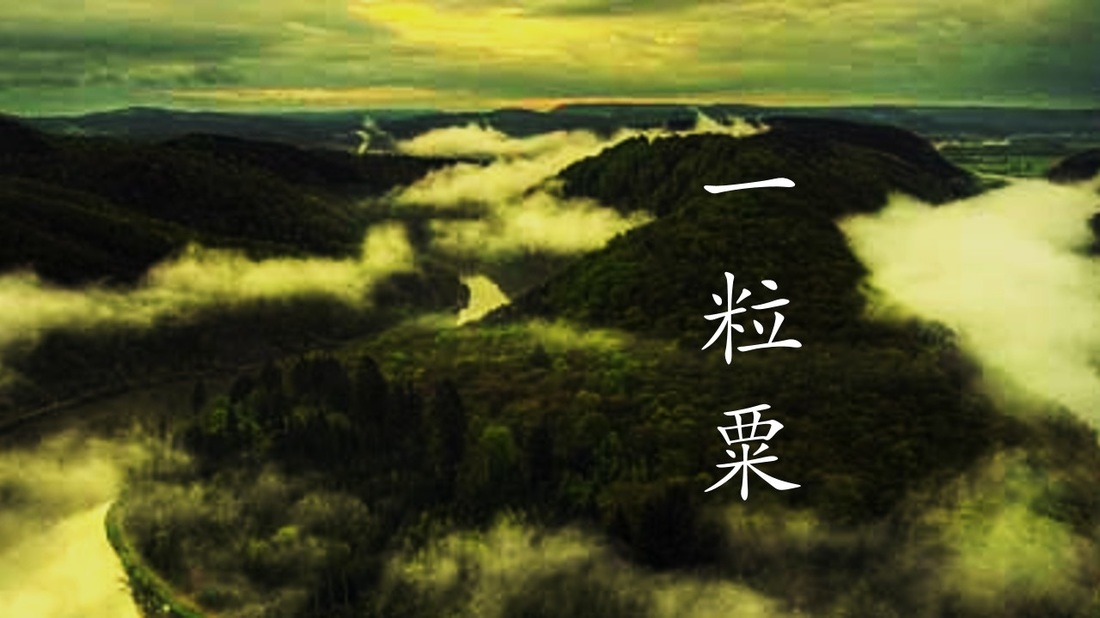
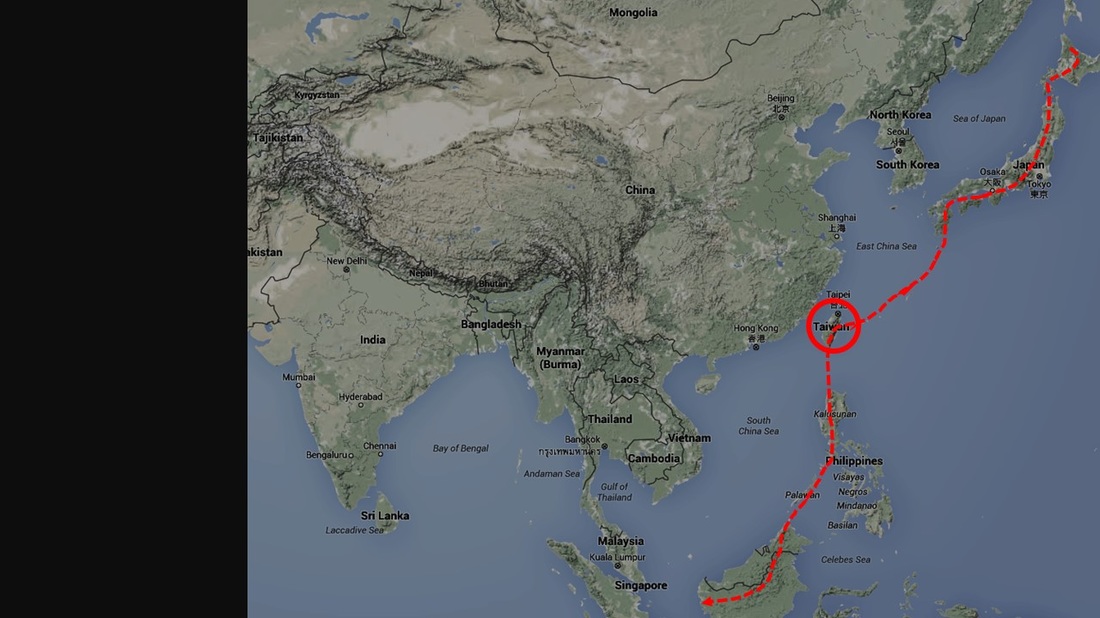
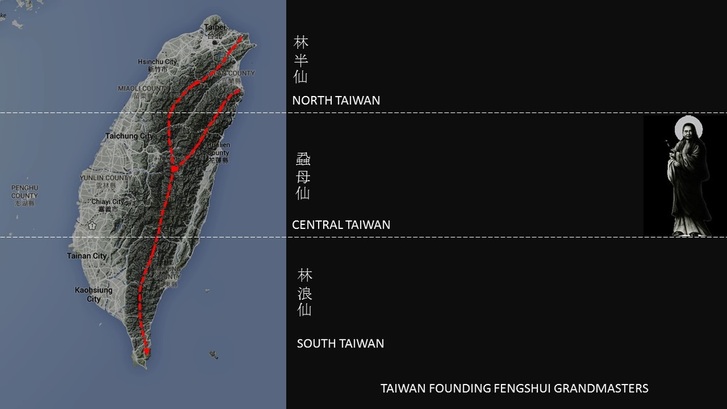
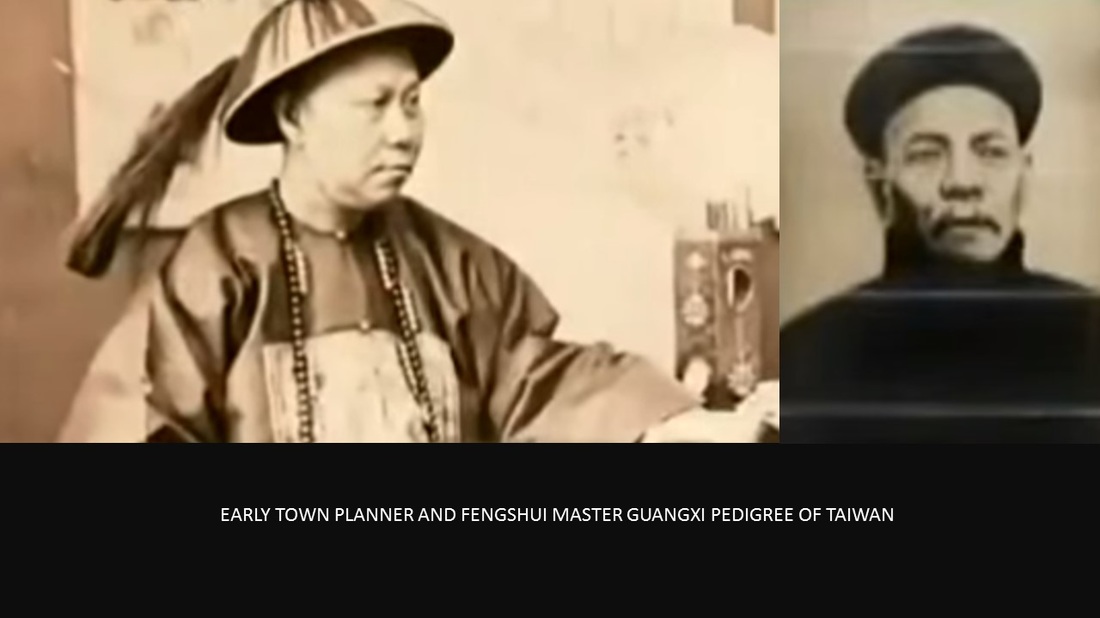
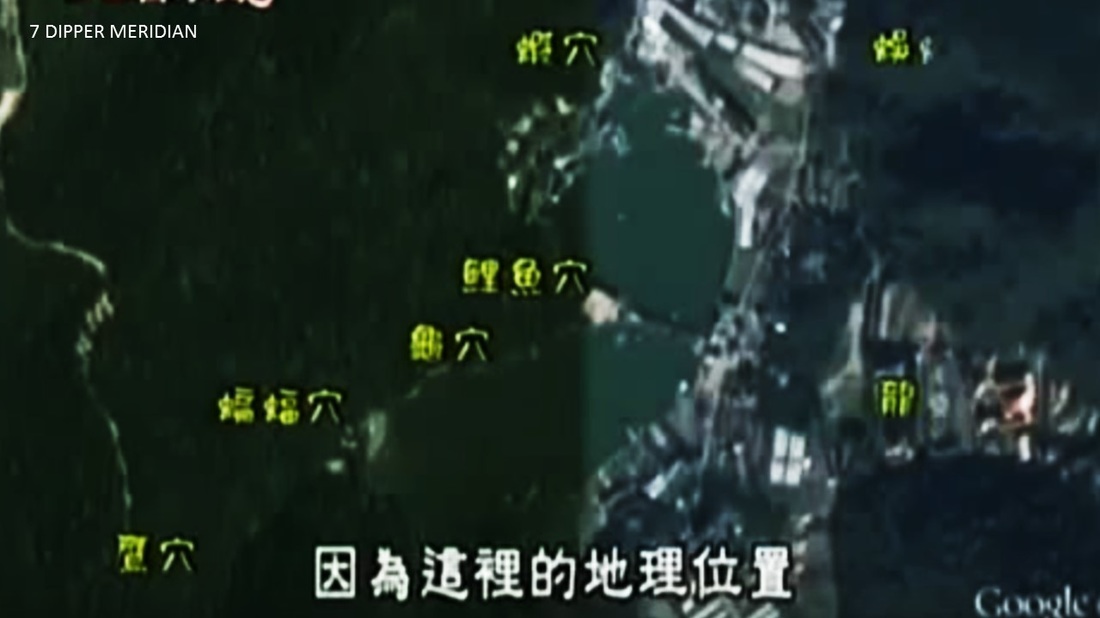
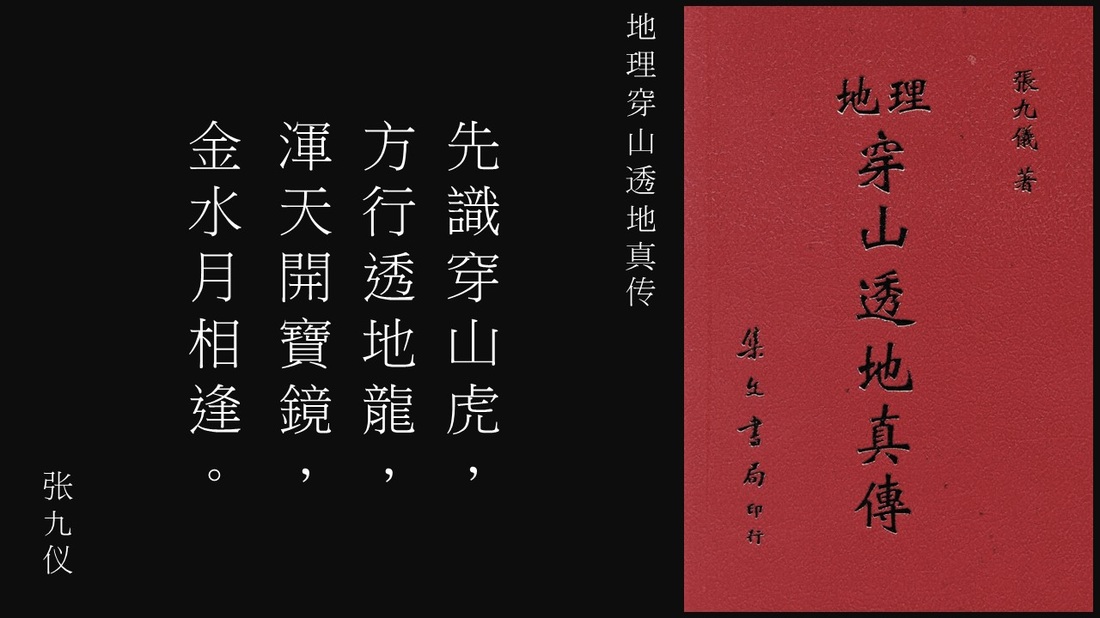
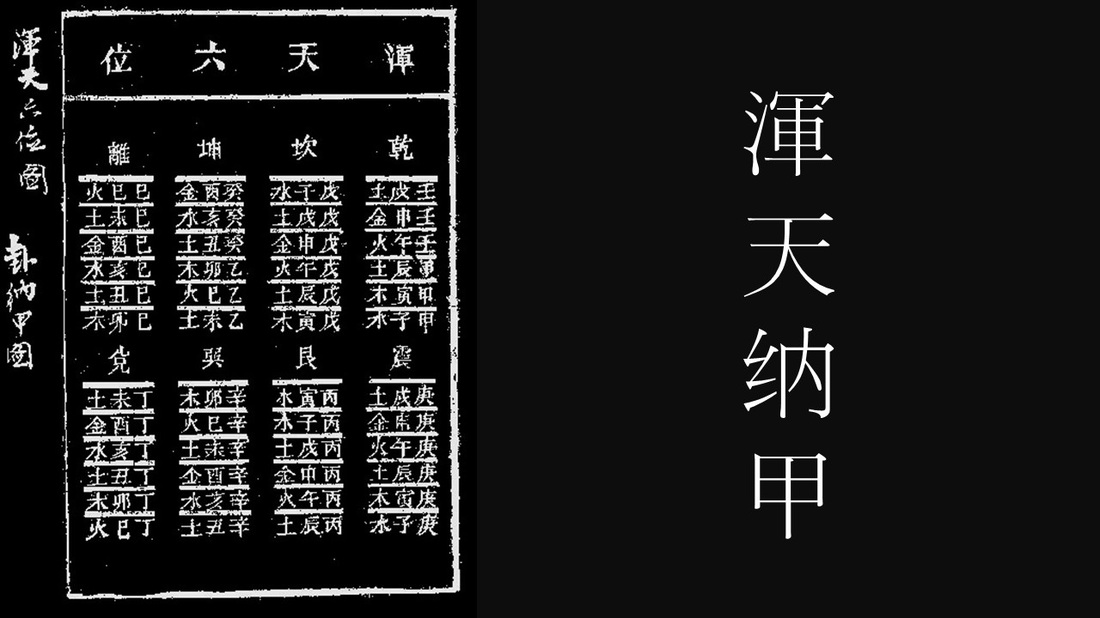
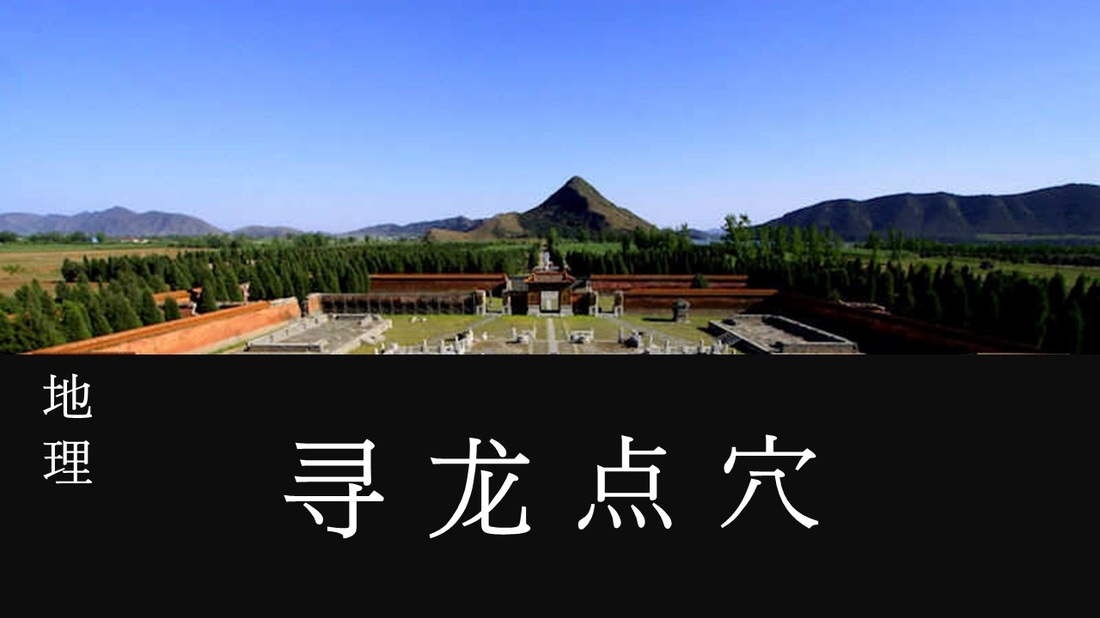
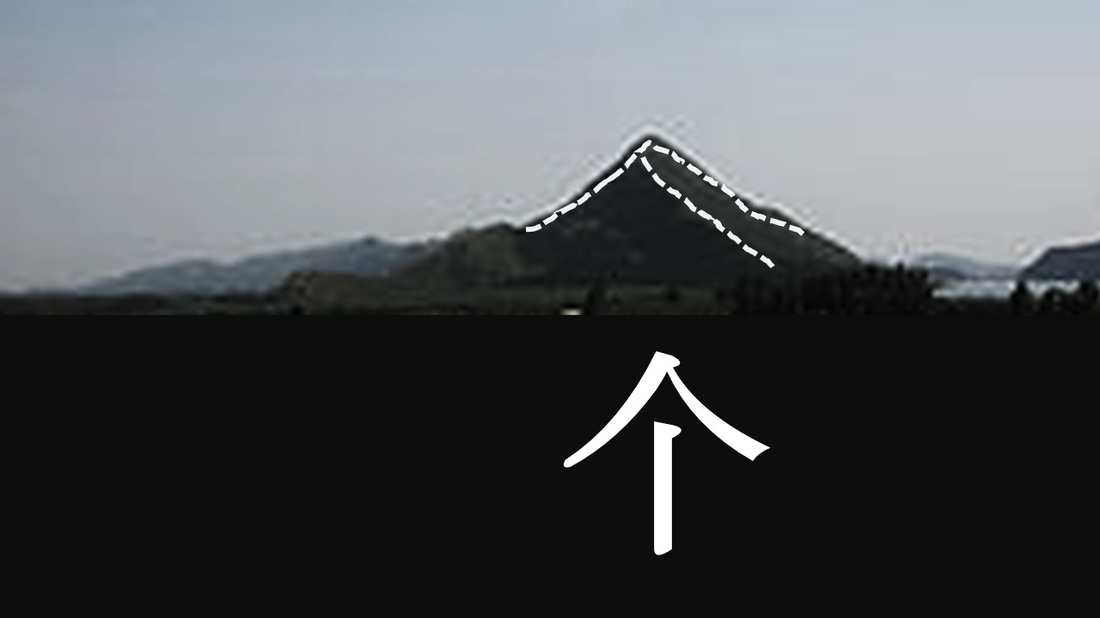
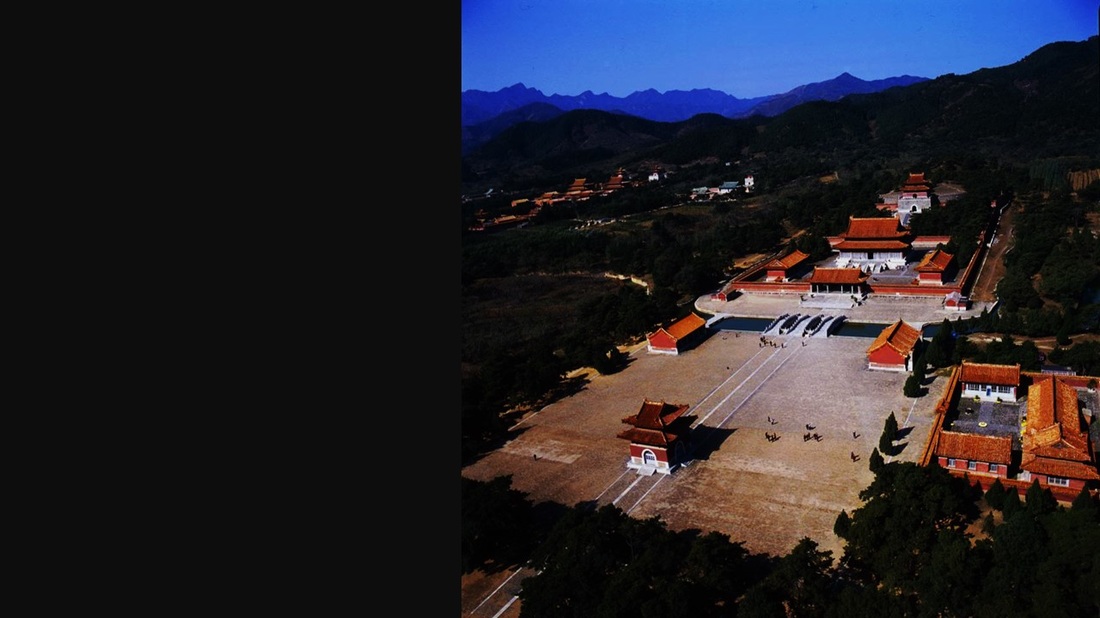
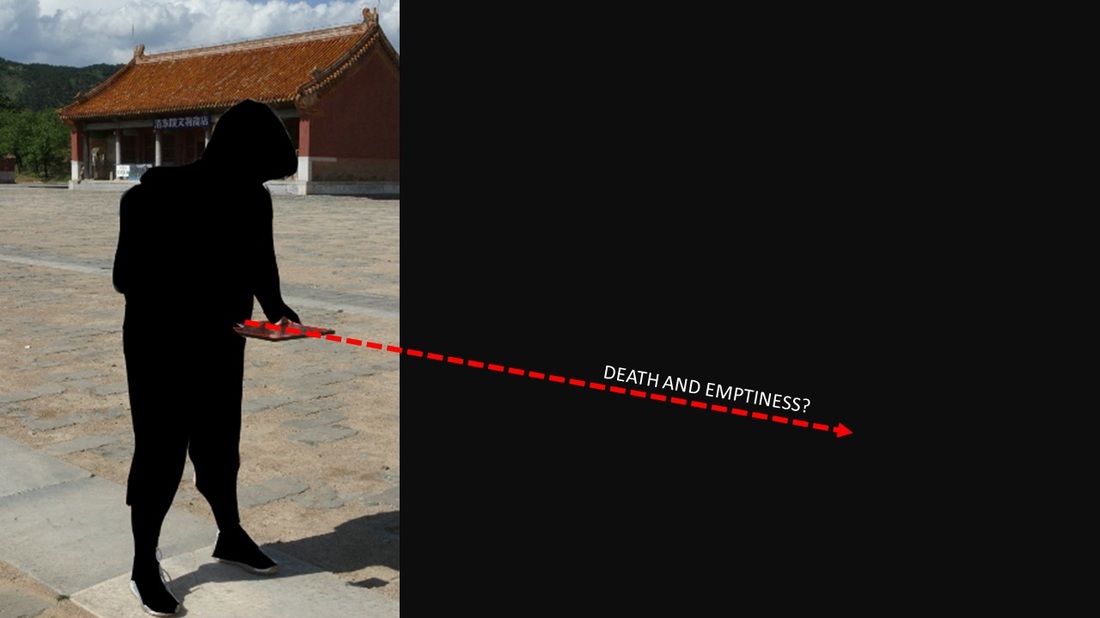
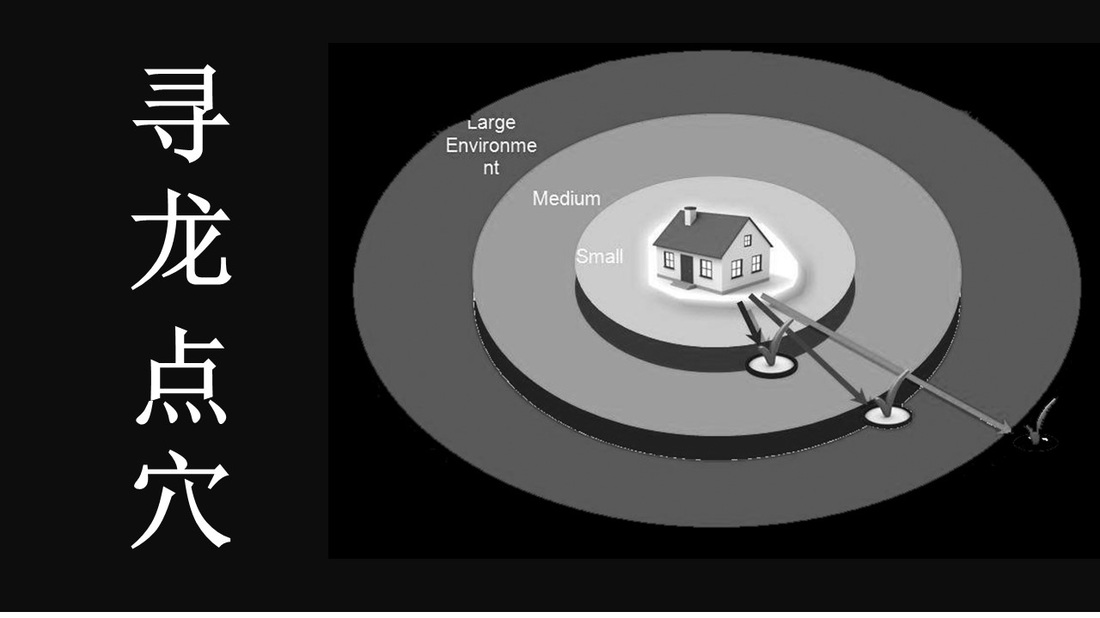
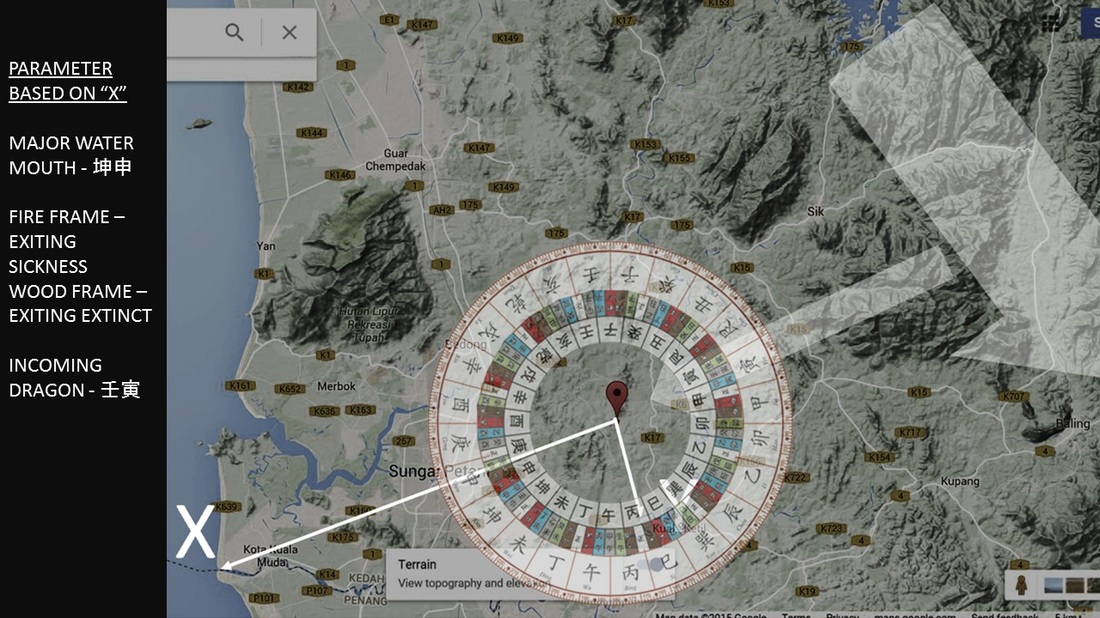
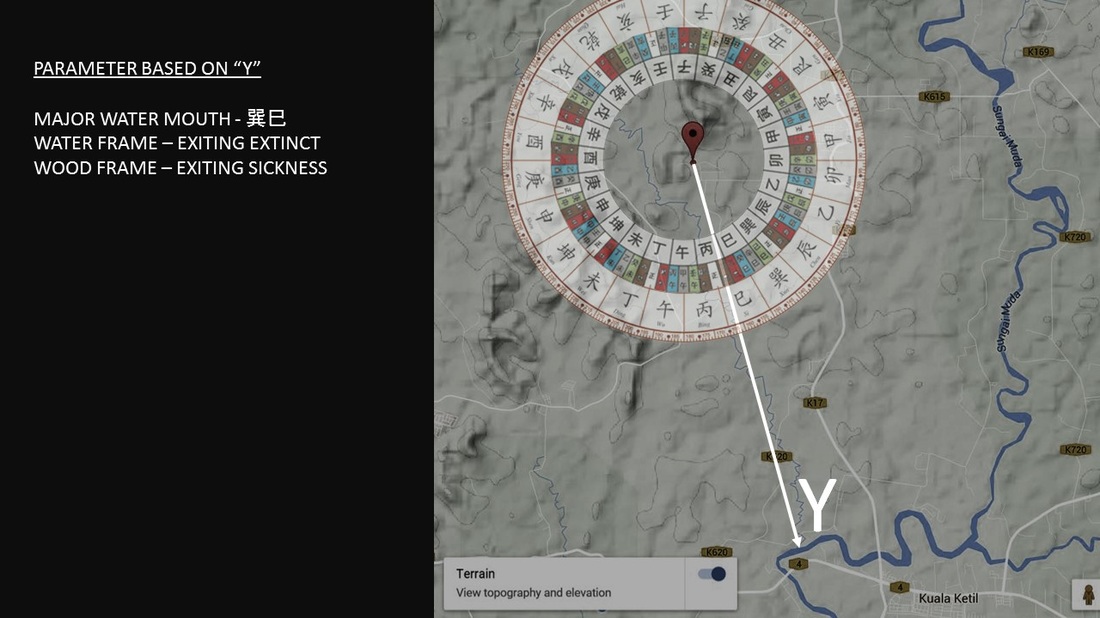
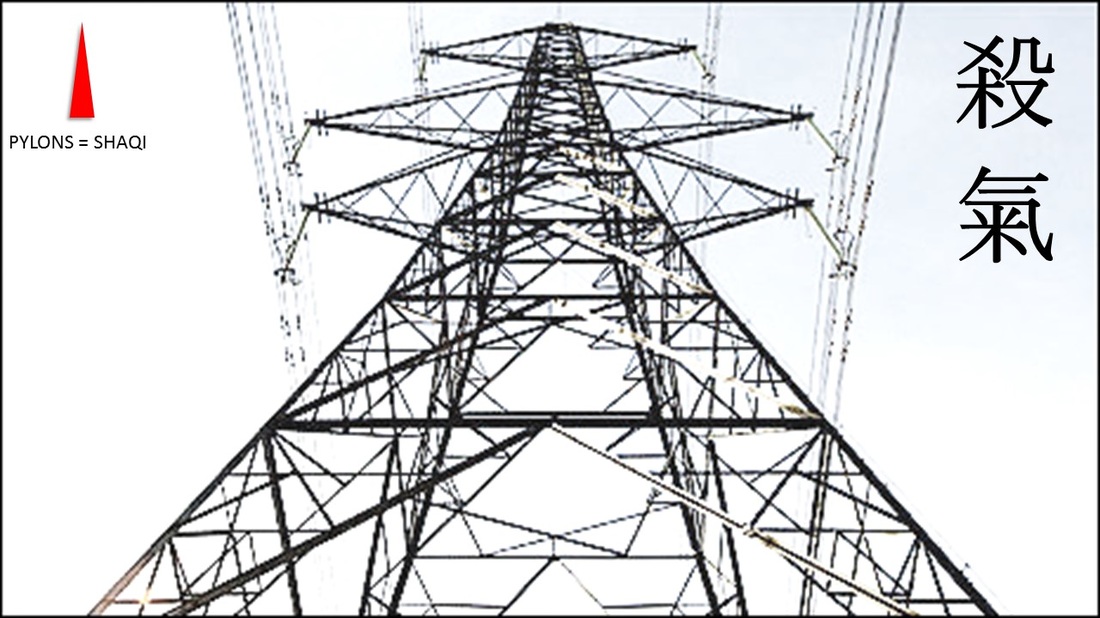
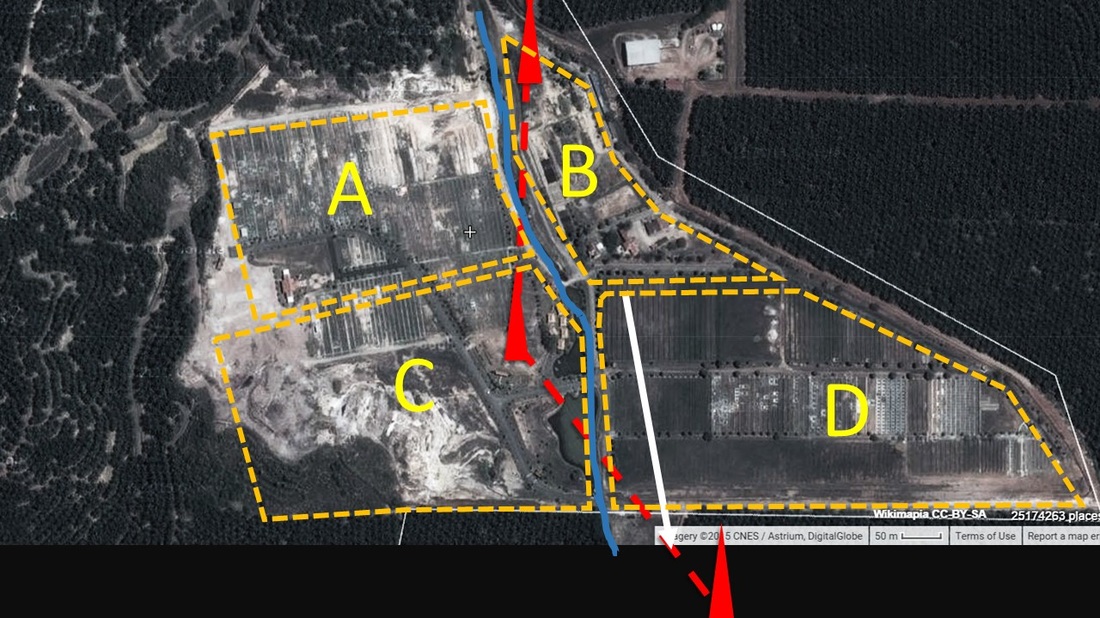
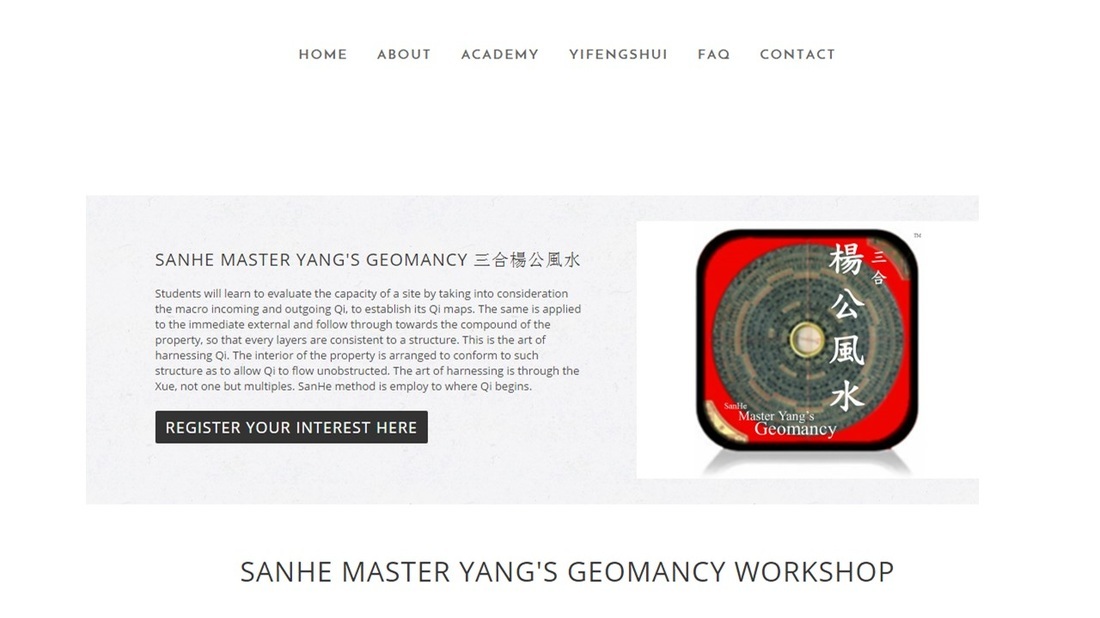
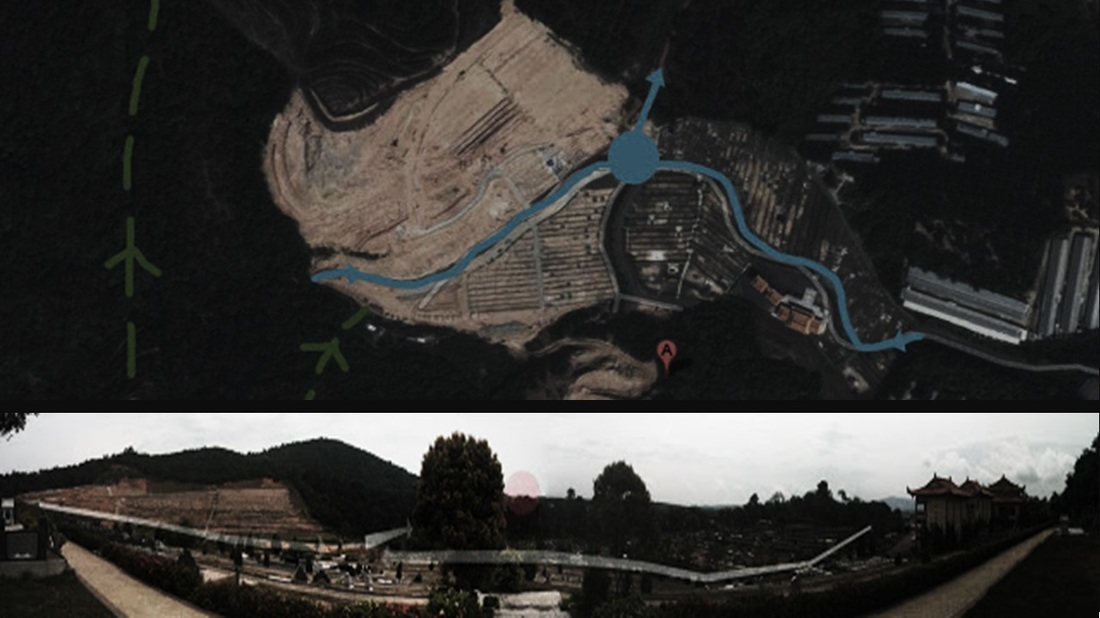
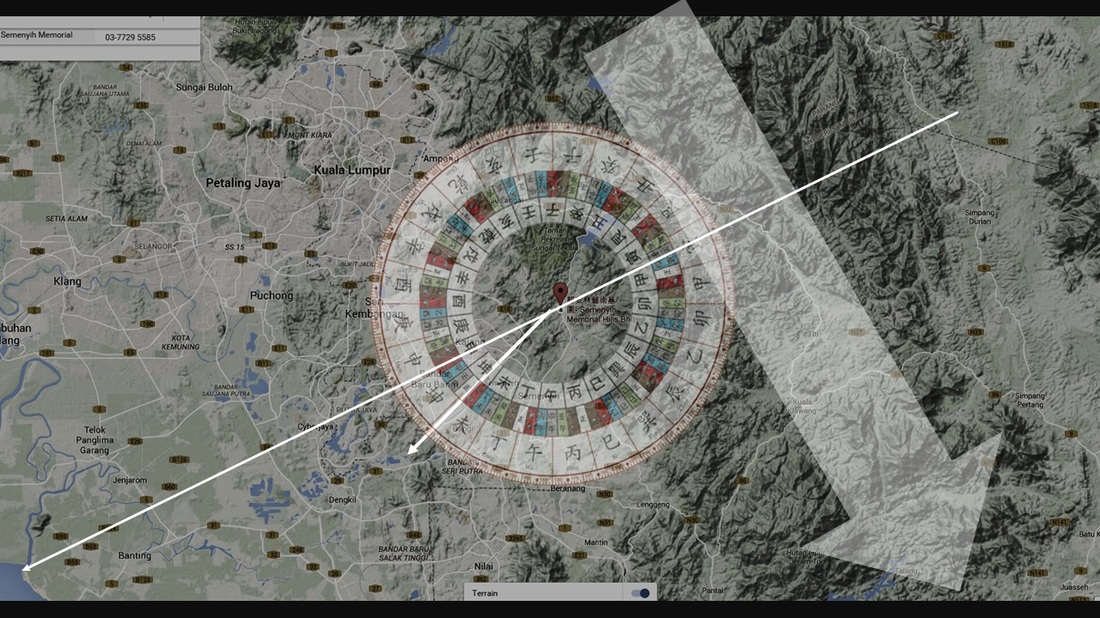
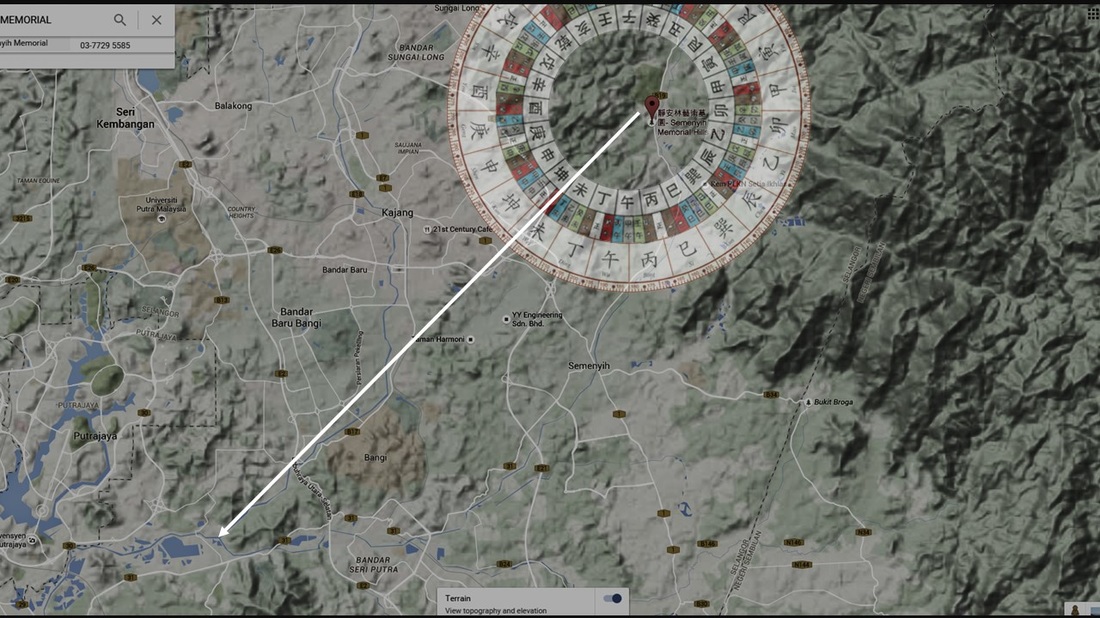
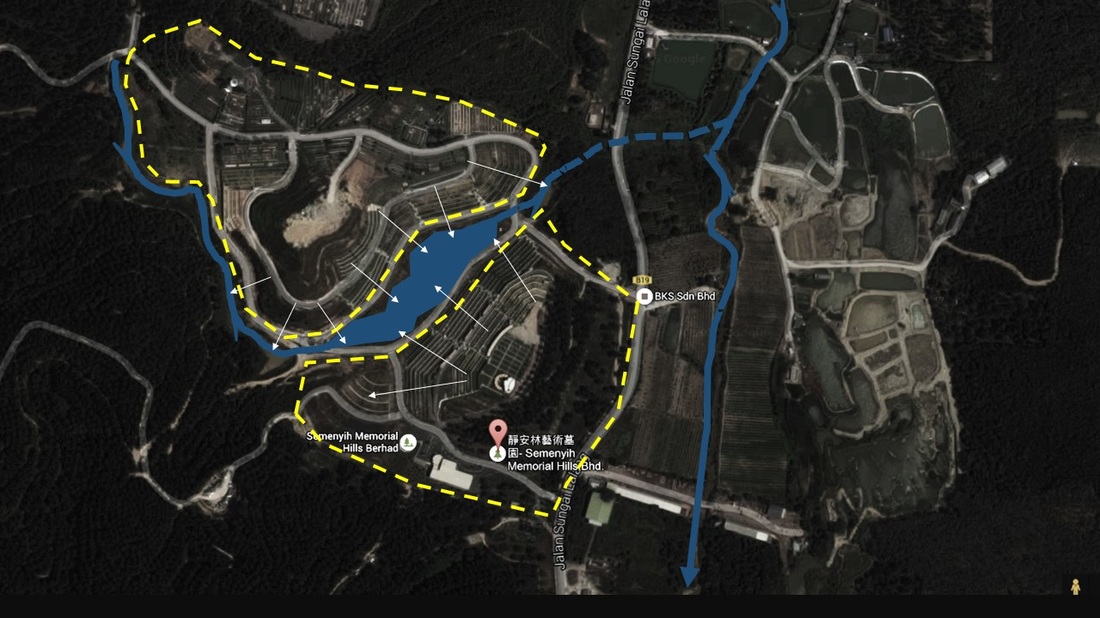
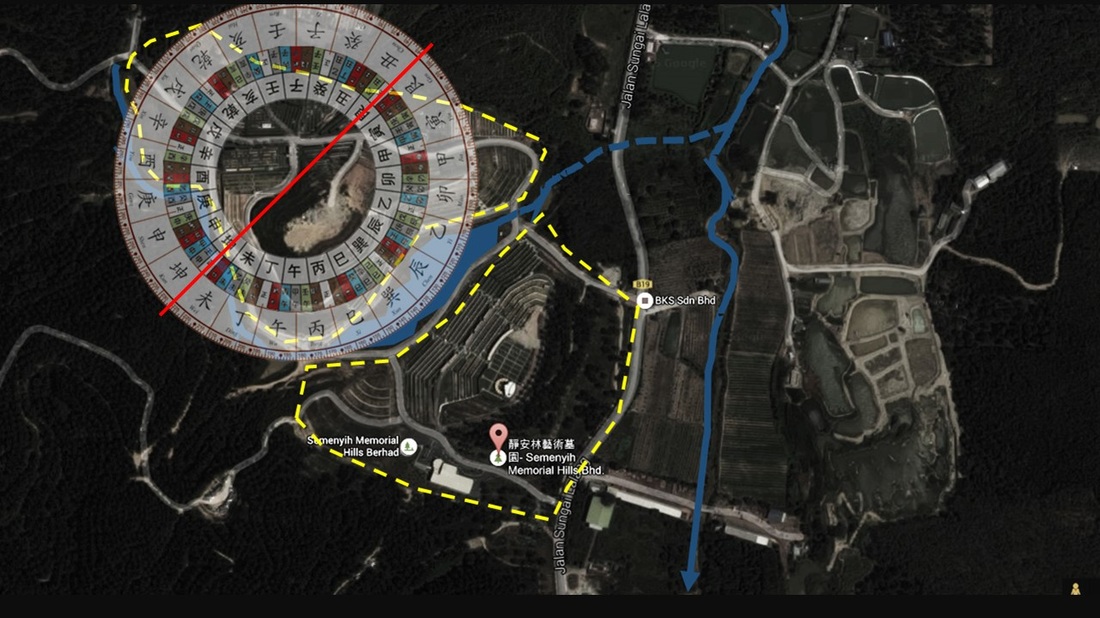
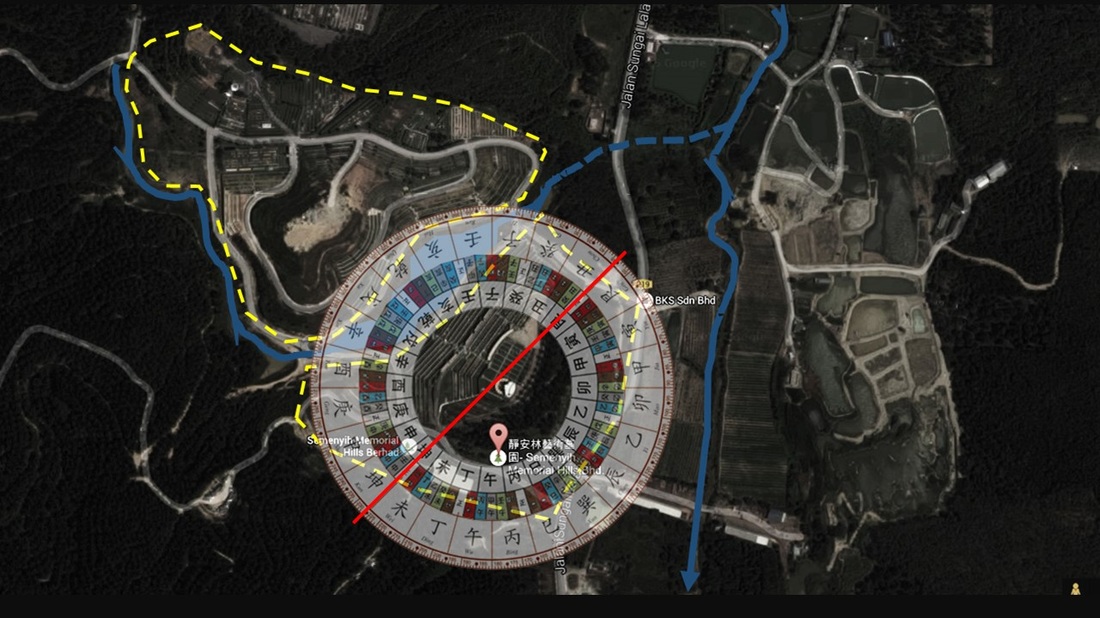
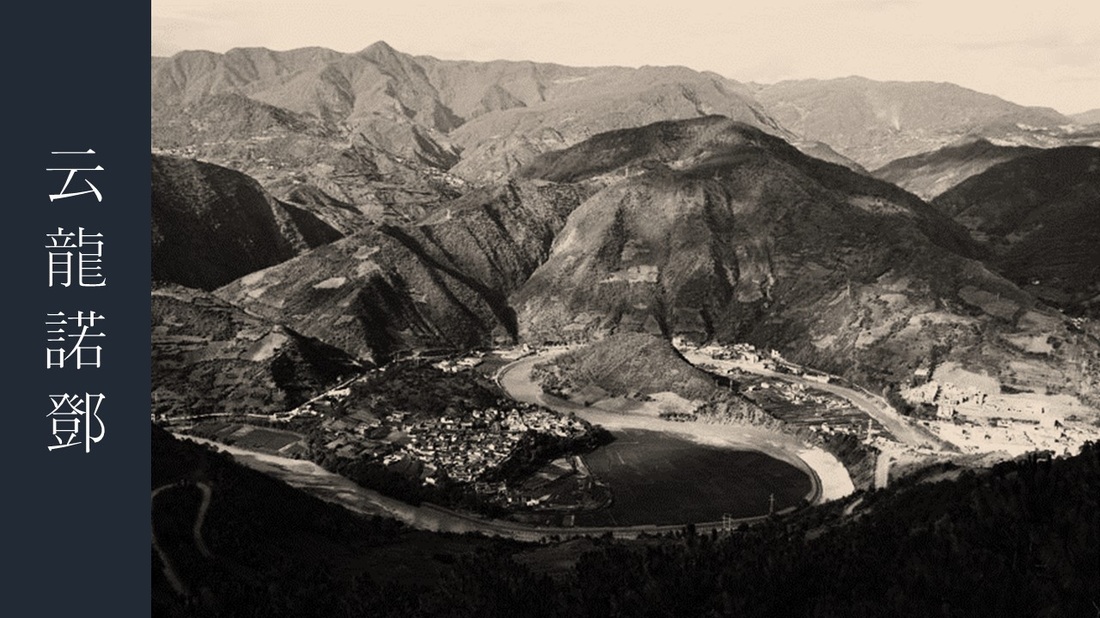
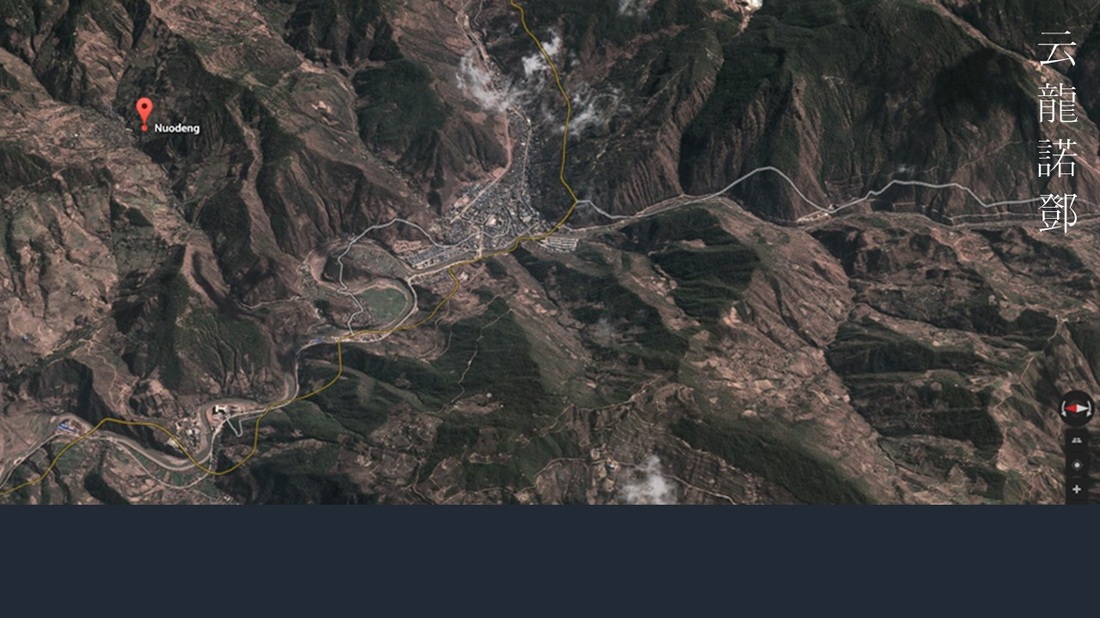
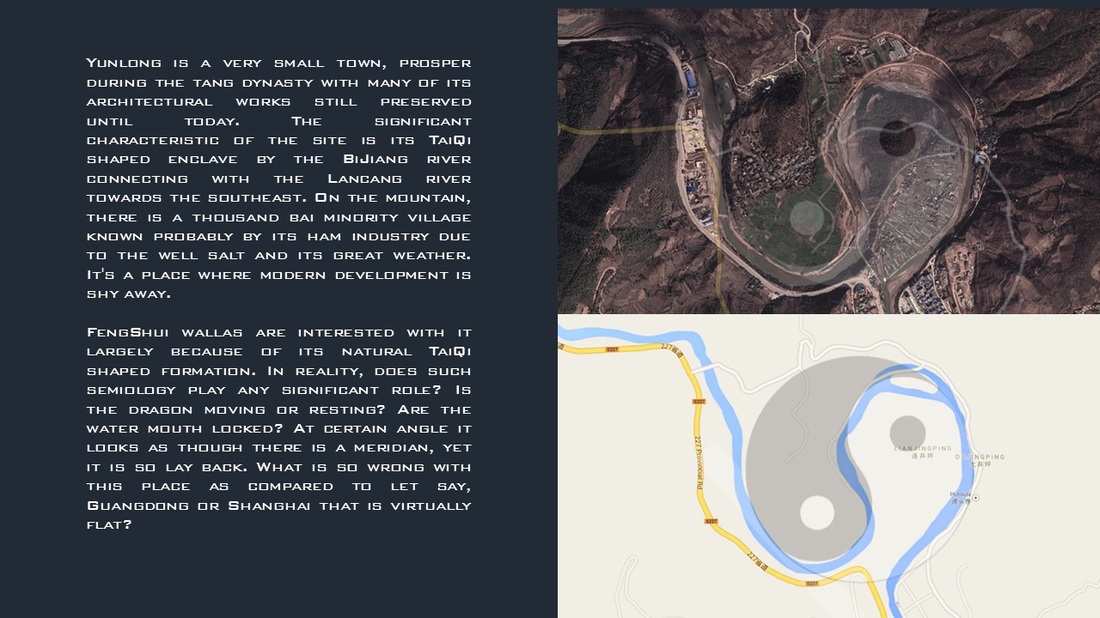
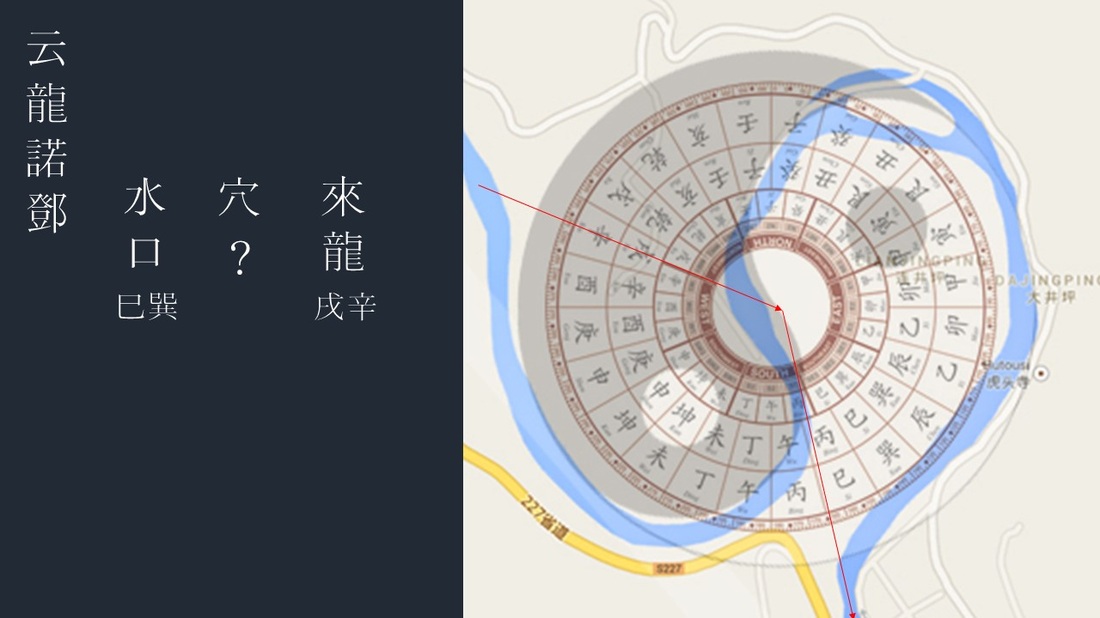
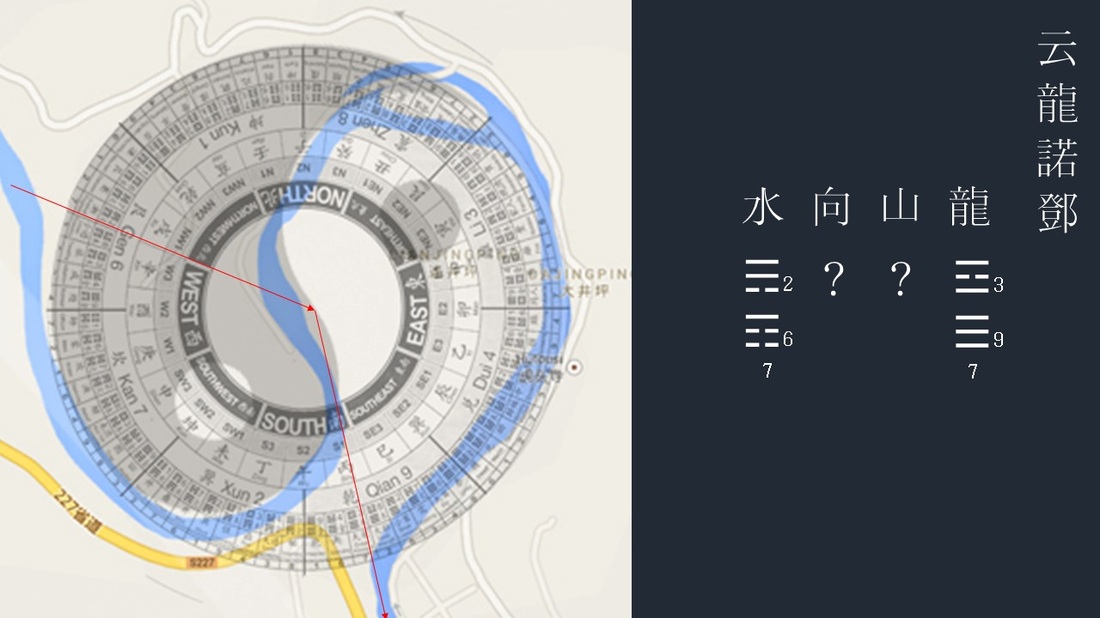

 RSS Feed
RSS Feed
